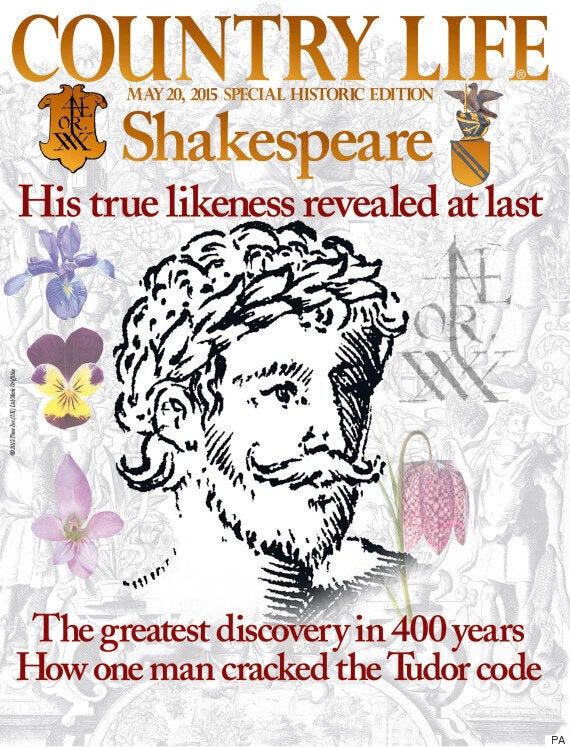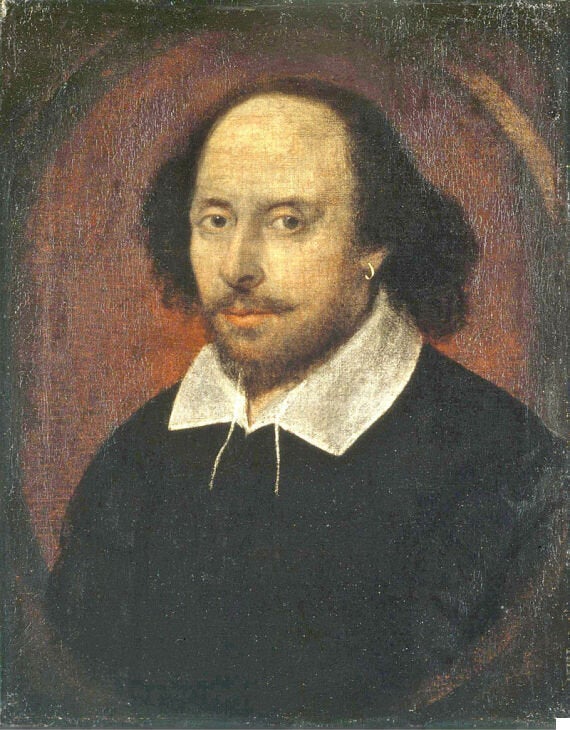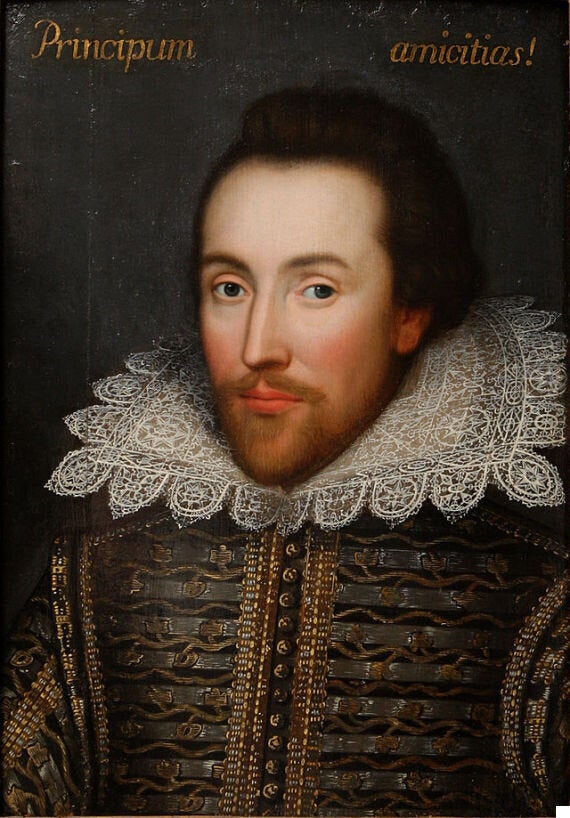Questions surround the life of William Shakespeare, the most famous playwright the world has ever produced: was he really the author of the plays; did he act in his own work; what did he look like? On the last question, several images depicting the Bard exist, but doubts remain over the accuracy of the representations.
However, a discovery revealed on Tuesday could end the speculation, with historian Mark Griffiths claiming to have found the only portrait of Shakespeare made during his lifetime (around 1564 to 1616). The image, said to show the Bard, was discovered in the first edition of a 16th century book on plants, "The Herball."
Mark Hedges, editor of Country Life magazine, which revealed the claim, said: "This is the only known verifiable portrait of the world's greatest writer in his lifetime. It's an absolutely extraordinary discovery. Until today no-one knew what he looked like in his lifetime."

The cover of Country Life in which a historian claims to have discovered the only portrait of Shakespeare made during his lifetime
Written by pioneering botanist John Gerard, at 1,484 pages "The Herball" was the largest single volume work on plants published in English. The engraving is the work of William Rogers and only around 10 to 15 copies of the book containing the image are thought to exist.
Griffiths, who was working on a biography of Gerard when he "cracked the many-layered Tudor code" to apparently reveal the figures, said: "At first, I found it hard to believe that anyone so famous, so universally sought, could have hidden in plain sight for so long."
It had been believed that the figures in the engraving -- said to show the poet and playwright holding a fritillary and ear of sweetcorn -- were imaginary. A Latin cipher "of the kind loved by the Elizabethan aristocracy" beneath the man said to be Shakespeare was decoded to say William Shakespeare.
Edward Wilson, Emeritus Fellow of Worcester College, Oxford, expert in medieval literature, was initially sceptical. But he said: "This is the most important contribution to be made to our knowledge of Shakespeare in generations."

The 'Chandos' Portrait is said to depict Shakespeare, though its authenticity or the artists have never been verified
The other three figures in the image are believed to be the author Gerard, Rembert Dodoens, a renowned Flemish botanist, and Queen Elizabeth's Lord Treasurer, Lord Burghley. Hedges said the decoding amounted to the "literary discovery of the century" and would transform people's understanding of the Bard, who appears in a Roman outfit.
The code includes a fritillary and sweetcorn, which is said to point to Shakespeare's earliest poem and play in print Venus and Adonis, published in 1593, and Titus Andronicus in 1594. The laurel wreath is said to be a reference to Apollo and the Classical poets he inspired -- chiefly, Virgil and Ovid. The announcement was made at The Rose theatre in London, where Shakespeare performed.
However, many academics have voiced their doubts. Paul Edmondson, head of research and knowledge for the Shakespeare Birthplace Trust, said: "I am always sceptical about any theory which relies on secret codes being broken, but I have enjoyed looking at our own first edition of Gerard's Herball in our library. I see there a figure who is dressed like a Classical poet, with a green baize on his head, but that doesn't make him Shakespeare. Given that heraldic devices are apparently key to the figure's identity, I find it suspicious that the Shakespeare family's coat of arms (which they had been granted in 1596, the year before the book was published) is not alluded to anywhere in the image."

The 'Cobbe' portrait is also said to depict Shakespeare
Professor Michael Dobson, director of the Shakespeare Institute at the University of Birmingham, poured slightly more scorn on the assertion. "I'm deeply unconvinced," he said. "I haven't seen the detailed arguments but Country Life is certainly not the first publication to make this sort of claim. One has seen so many claims on Shakespeare based on somebody claiming to crack a code. And nobody else has apparently been able to decipher this for 400 years. And there's no evidence that anybody thought that this was Shakespeare at the time."
He added: "I can't imagine any reason why Shakespeare would be in a botany textbook. It's a lovely picture. Everybody is very fond of it. But that doesn't mean that he had anything to do with it apart from the fact that he read it. It's a man in a toga, holding a little bit of a corn on the cob in one hand and a fritillary in the other. He (Griffiths) hasn't been talking to anybody I know of in Shakespeare studies. They would have been better taking it to a Shakespeare expert than a botanist. I don't think very many people are going to take this seriously. I'm not sure Country Life's reputation will recover."
He added: "It's nice that people are so fond of Shakespeare that they see him everywhere, even in the pages of a botany textbook. But it's hallucination."
SEE ALSO:
Find below a selection of inspirational Shakespearean insults:
